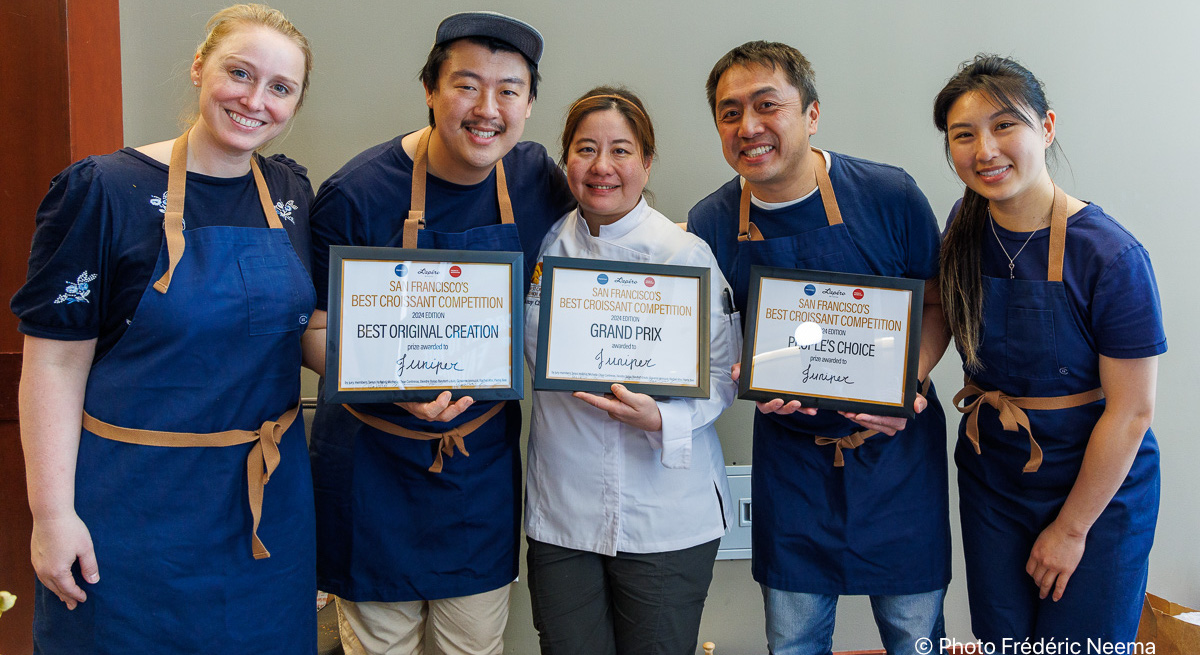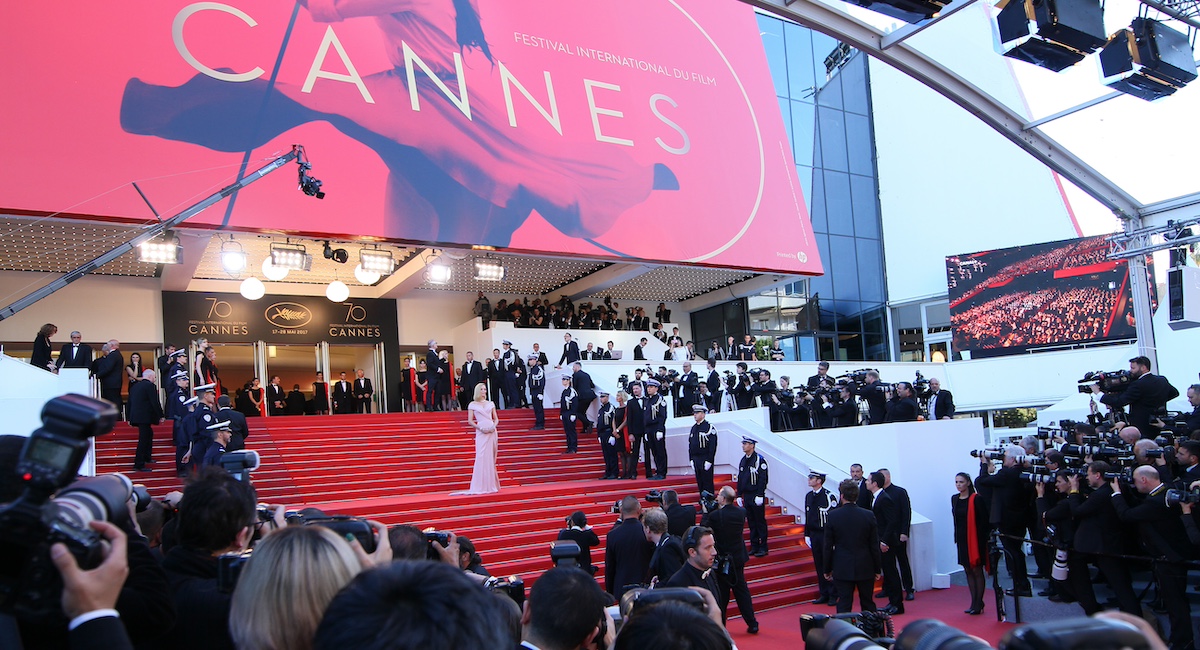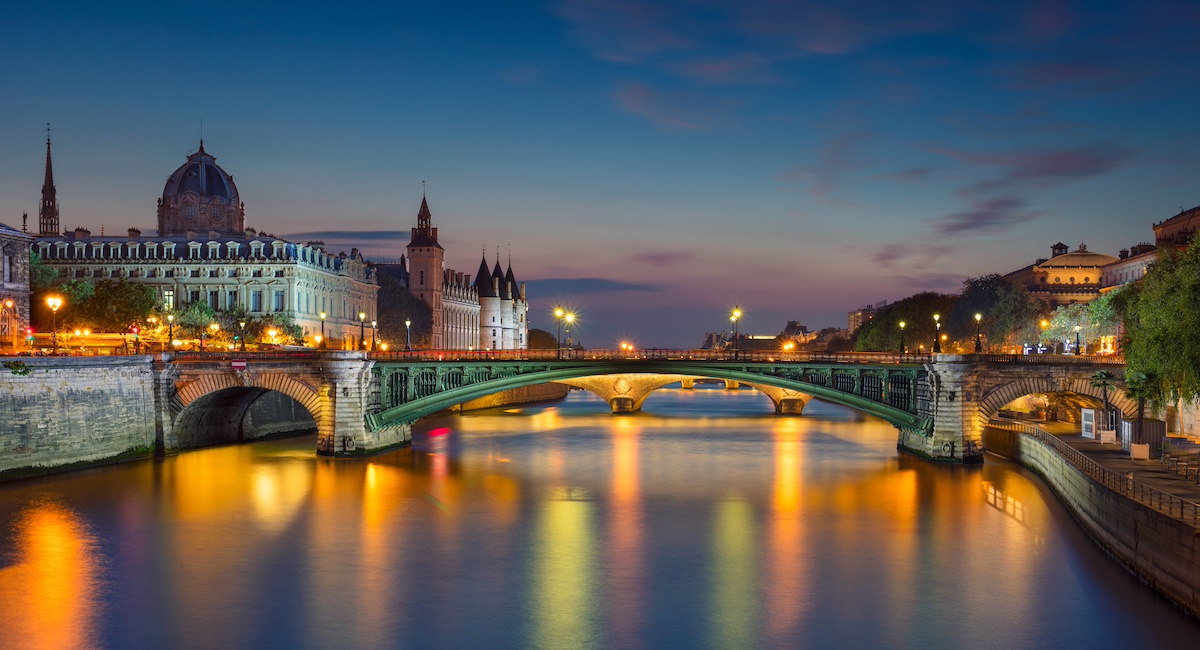|
A brief history of weed in France.
|
There’s a book I’ve been reading, The Gourmand’s Way, about the American expats largely responsible for bringing French food and wine to the forefront of U.S. culture in the mid-20th century. You’ll find Julia Child in there, of course, along with M.F.K. Fisher, Alexis Lichine, A.J. Liebling, Richard Olney, and Alice B. Toklas.
|
|
I didn’t know much about Toklas before reading this book, except that she was the longterm partner of Gertrude Stein, and the subject of Stein’s book, The Autobiography of Alice B. Toklas. So, I was surprised to read the story of The Alice B. Toklas Cookbook, published in 1954. Her first cookbook, this was a project that Toklas undertook after Stein’s death, when Stein’s family estate refused to recognize her as the famous writer’s partner. Unable to access her rightful inheritance of Stein’s assets, Toklas was left penniless, and willing to undertake any project she could to keep the lights on. She was asked to write a cookbook, and after struggling to finish the project, she decided to include recipes from friends to bulk up the manuscript. One of these recipes, courtesy of the artist Brion Gysin, was for “Haschich Fudge”... aka, weed brownies. Seemingly unfamiliar with the primary ingredient, Toklas and her editorial team left the recipe untouched, and the book went to print. Allegedly, it wasn’t until critics and readers pointed out the surprising inclusion that Toklas’s publisher realized what they had printed. The ensuing scandal made the project one of the bestselling cookbooks of all time, and linked Toklas’s name forever with that of old Mary Jane.
|
|
This story got me wondering about where else cannabis (aka "du shit" in French slang) may have popped up throughout French history. And, sure enough, I was not disappointed. In 1798, when Napoleon Bonaparte invaded Egypt, his soldiers apparently took up a fondness for hashish when they realized that wine was hard to come by in the Islamic country. It became so popular that Napoleon had to put a ban on it—but the habit stuck, and large amounts of hashish were brought back to France when these soldiers returned home.
|
|
Over the course of the 19th century, cannabis use spread throughout France, and doctors experimented with its medical applications as early as the 1830s. But hashish was then villainized due to its lingering associations with North African immigrants (similar to how cannabis was branded as “marijuana” in the United States to associate it with Mexican immigrants).
|
|
Dr. Jacques-Joseph Moreau, one of the early founders of psychiatry in France, successfully treated patients suffering from nervous breakdowns with cannabis, and published his findings on the topic in an 1845 book, Du Hachisch et de l'aliénation mentale. Moreau then began supplying cannabis to French artists curious about trying it, a number of whom formed Le Club des Hachichins. Members of this club, including Charles Baudelaire, Honoré de Balzac, and Victor Hugo, would gather monthly and consume hashish in the form of dawamesk, a green spread made with hashish, sugar, pistachios, almond paste, and various fruits and spices. Not exactly a traditional apéro! But these gatherings influenced a generation of writings on the subject of this substance from the Middle East, spurred on by French Orientalist obsessions of the time.
|
|
Cannabis remained present in French culture until 1970, when it was formally outlawed. But the years since have seen a new push to legalize it, with weed's re-entry into pop culture spawning TV shows like Family Business, the popular French Netflix show about a Parisian family hoping to open a cannabis cafe in the Marais. And while cannabis cafes might be a while off, France just finished a three-year long trial in which cancer and HIV patients were given medical marijuana for chronic pain, giving some hope that this might mark a new era for cannabis in France.
|
|
The podcast, Materially Speaking, has a fascinating episode on the acoustic reconstruction of the Notre-Dame cathedral. As luck would have it, a group of experts took specialized measurements and recordings of the cathedral shortly before the fire that destroyed its roof. This information is now being used by the architects rebuilding the Notre-Dame to reconstruct its particular sound, and this podcast episode explores how the cathedral would have sounded at different points in its long history.
|
|
Stay in touch! I'd love to hear from you: [email protected].
|
| |
|
 |
|
|
 |
|
|
 |
|
|
Rent the Riviera with Savills
|
|
|
|
 |
|
|
 |
|
|
 |
|
|
|
|
| |
|
|
|
|
Are you interested in promoting your business to Francophiles in the U.S.? Please contact us.
|
|
|
|
|
|